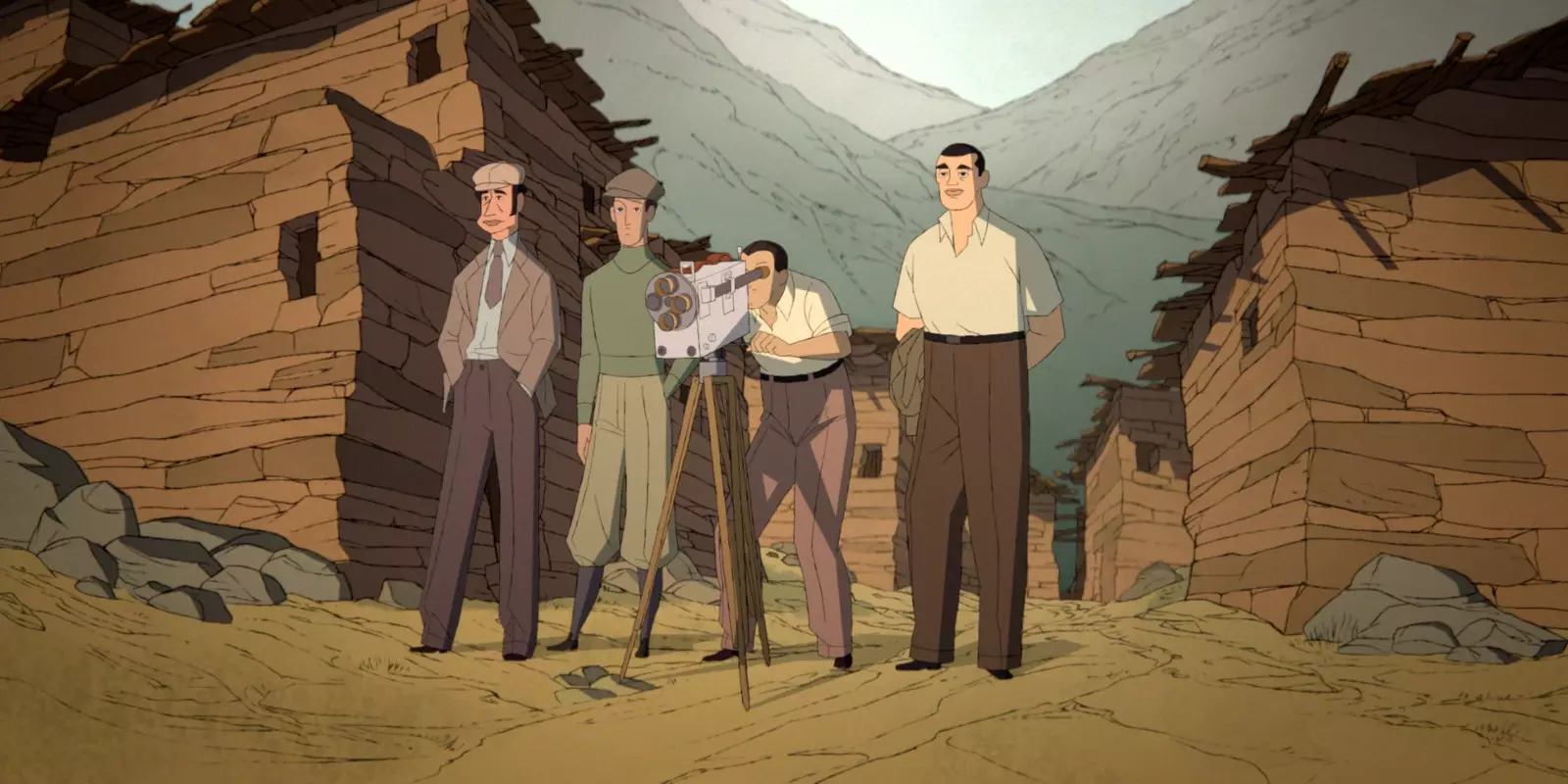
Buñuel and his brief film crew in Las Hurdes.
“There was in Extremadura, between Cáceres and Salamanca, a desolate mountainous region, in which there was nothing but stones, heather and goats: Las Hurdes. Highlands once populated by bandits and Jews fleeing the Inquisition."
Thus begins the concise chapter that Luis Bunuel dedicates to him in his memories, My last breath to the production and premiere of The Hurdes. land without bread (1933), his third film (after An Andalusian Dog and The Golden Age), with which he went from being a "young director looking for his language" to a mature filmmaker and consecrated artist. Y a controversial documentary with which this region, Las Hurdes, became known throughout the world and even today, 86 years later, drags the repercussion of those images, sometimes, in spite of him.
The story of that shooting is now recovered by the animated film Buñuel in the labyrinth of the turtles, by Salvador Simó (premiere April 26), based in the graphic novel by Fermín Solís. "It was a turning point in his career, changing the way he shaped surrealism, his cinema and, in a way, connected with Los Olvidados that he shot [in Mexico] years later," explains Simó, who has focused, Specially in portray the young artist that Luis was in 1932, not the master of world cinema that we recognize today.
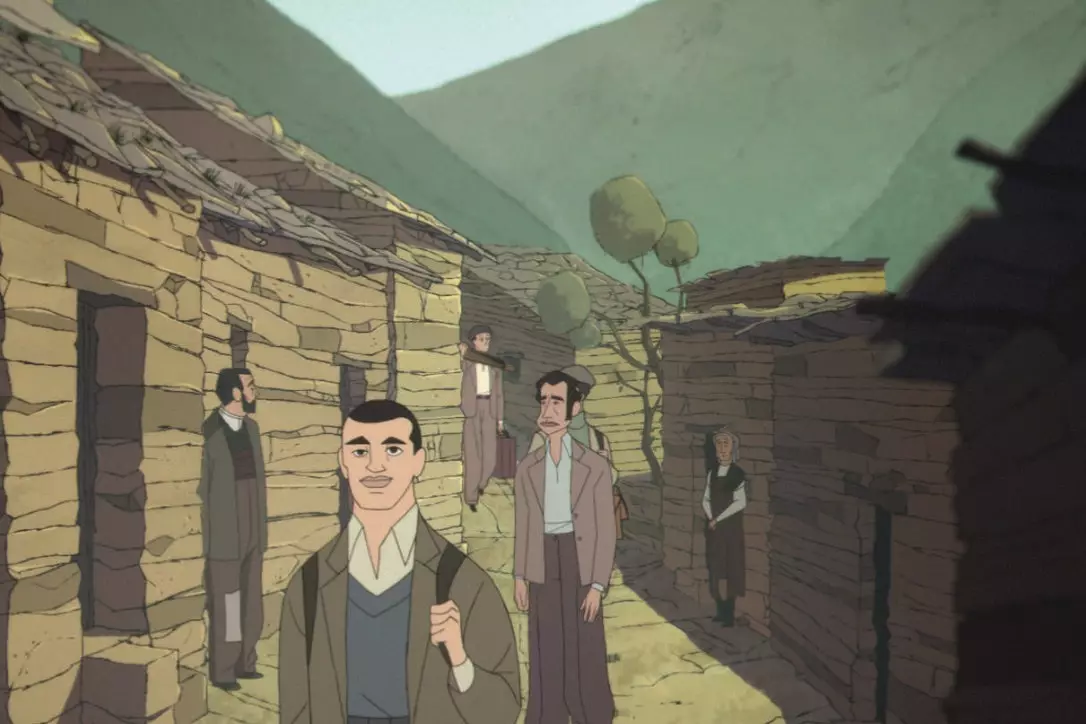
The filmmaker walking through Aceitunilla.
The film starts in Paris, in 1930, when Buñuel experiences a great crisis after the controversial premiere of The Golden Age, the doors close in his face, he cannot continue working. On that date, he reaches his hands Las Jurdes, Étude de geographie humaine, by Maurice Legendre, which "greatly interested" him. Shortly after, he passed through his native Huesca and visiting his friend the poet and sculptor, Ramón Acín, He tells her about his desire to shoot in Las Hurdes, to show the world that region that is so poor and rich at the same time. “Las Hurdes is the most miserable and forgotten place on the entire planet”, says the animated Buñuel in Simó's film. "I'm going to draw attention but really." Ramón, convinced by the idea and the commitment of his friend, buys a lottery ticket and promises that if he wins, he will pay for the film.
“After two months, he won the lottery, not the jackpot, but a considerable amount. And he kept his word”, Buñuel told Jean-Claude Carrière and he wrote it in My last breath.
The two friends, next to the camera Eli Lothar and assistant director Pierre Unik, they arrived at The swimming pool in the spring of 1932. They started shooting there, surprised with the festive tradition with which they find: the town decked out to see how the newlyweds that year they rip the heads off roosters hanging in the middle of the square.
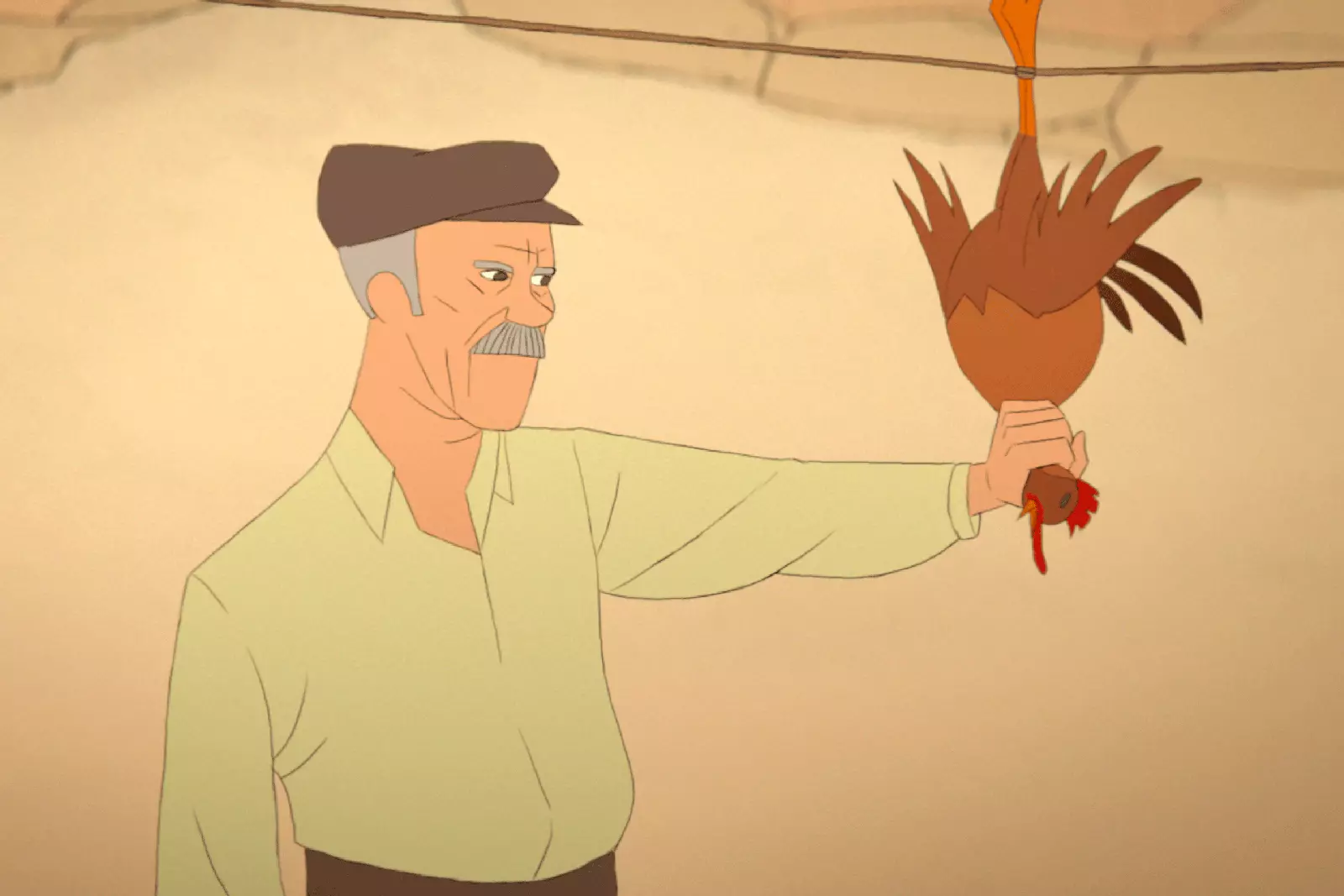
The controversial old tradition of La Alberca of beheading roosters.
From La Alberca, "a medieval town like so many in Spain that, in reality, was not part of Las Hurdes", they march to the Batuecas, "a descent to hell" due to the steep and twisted road that descends the valley and they stay in the Monastery, then transformed into a hostel with a monk and a woman who serves as the only inhabitants. From there, they will leave every morning, before dawn, in the direction of Las Hurdes: two hours of travel in their yellow car, longer walks awaited them daily to reach one of the farmhouses in the region.
“Those disinherited mountains conquered me immediately”, Buñuel continues in his memoirs. “I was fascinated by the helplessness of its inhabitants, but also by their intelligence and their attachment to their remote country, to their 'land without bread'. In at least twenty towns soft bread was unknown. From time to time, someone would bring a crust from Andalusia that served as currency.
rolled in Martilandrán, Olive, Nuñomoral. The houses, rudimentary constructions of stacked stones and flat roofs in the distance, they were like mazes of turtle shells –hence the surreal title of the film–. In them, almost all in a single room, whole families and "the beasts", the animals, could live. Some had two rooms or two floors, one for people, another for animals.
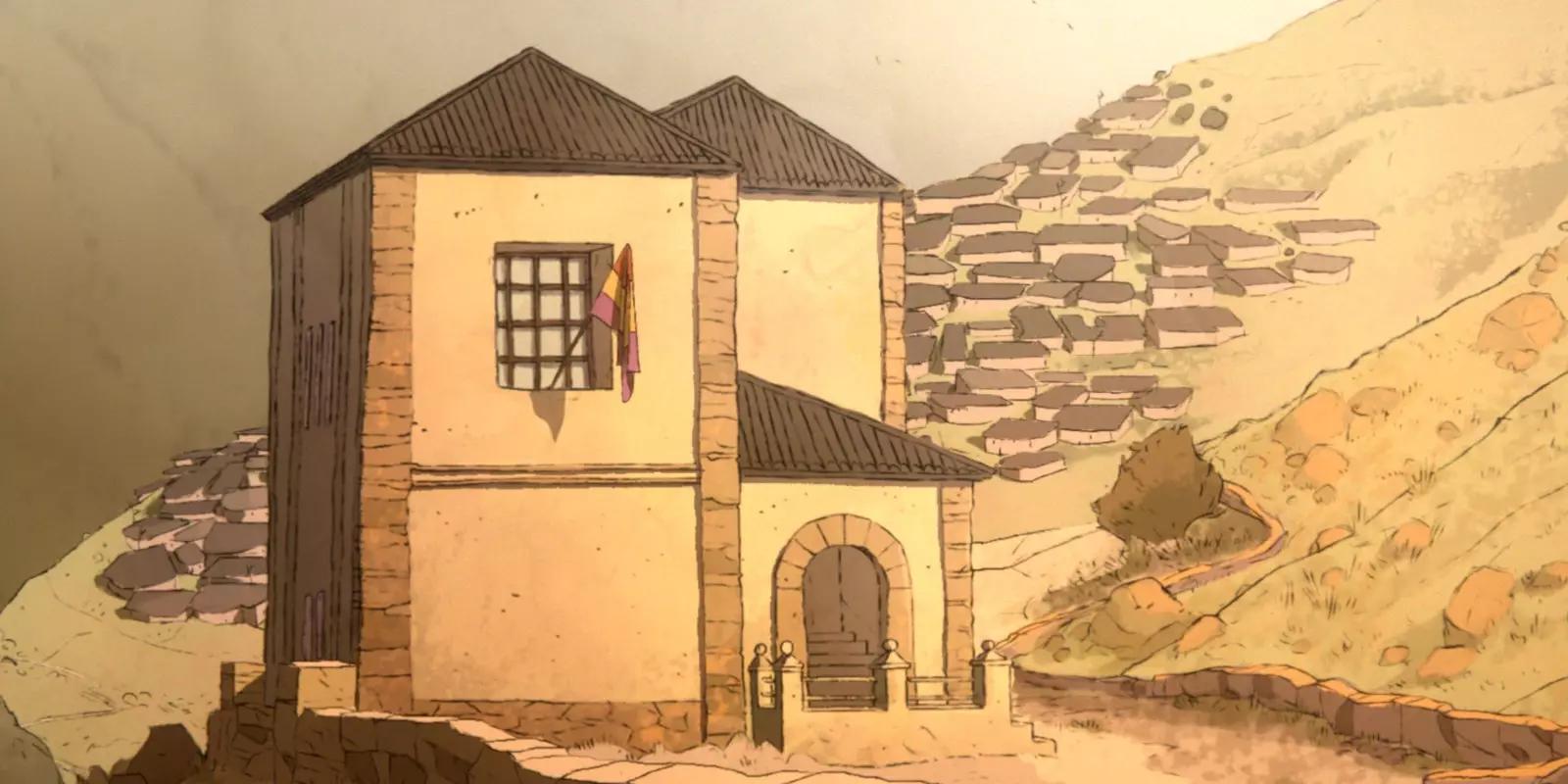
The animated recreation of the school of Aceitunilla.
According to Buñuel's account in the labyrinth of the turtles, the one from Calanda kept an internal struggle between the surrealist will to impress, his and his artist self; and the social sensitivity of raising awareness of him, the most human self of him. He suffered in the filming at the school, full of barefoot and malnourished children, due to the death of a girl they found on the street, but he also caused two goats to fall from the rocks and staged the death of a donkey riddled by bees.
He really believed that his film was the only opportunity that "these people" without bread, attacked by diseases (cretinism, malaria, goiter), had. However, they did not get the money to set it up – Buñuel did it at his kitchen table – and when they went to ask Gregorio Marañón for help, who 10 years earlier had toured Las Hurdes with King Alfonso XIII, he replied: "Why always show the ugly and unpleasant side?" The monarchical journey, which was also captured in a film, also taught it and what Buñuel's film showed is that in that decade nobody had done anything for that region.
The Falangists, according to Buñuel, considered the film "abominable, a true crime against the country." And, in spite of everything, he managed to premiere it in a cinema in Spain and France, without Ramón Acín in the credits, due to his anarchist ties, the same ones for which he was shot in August 1936.
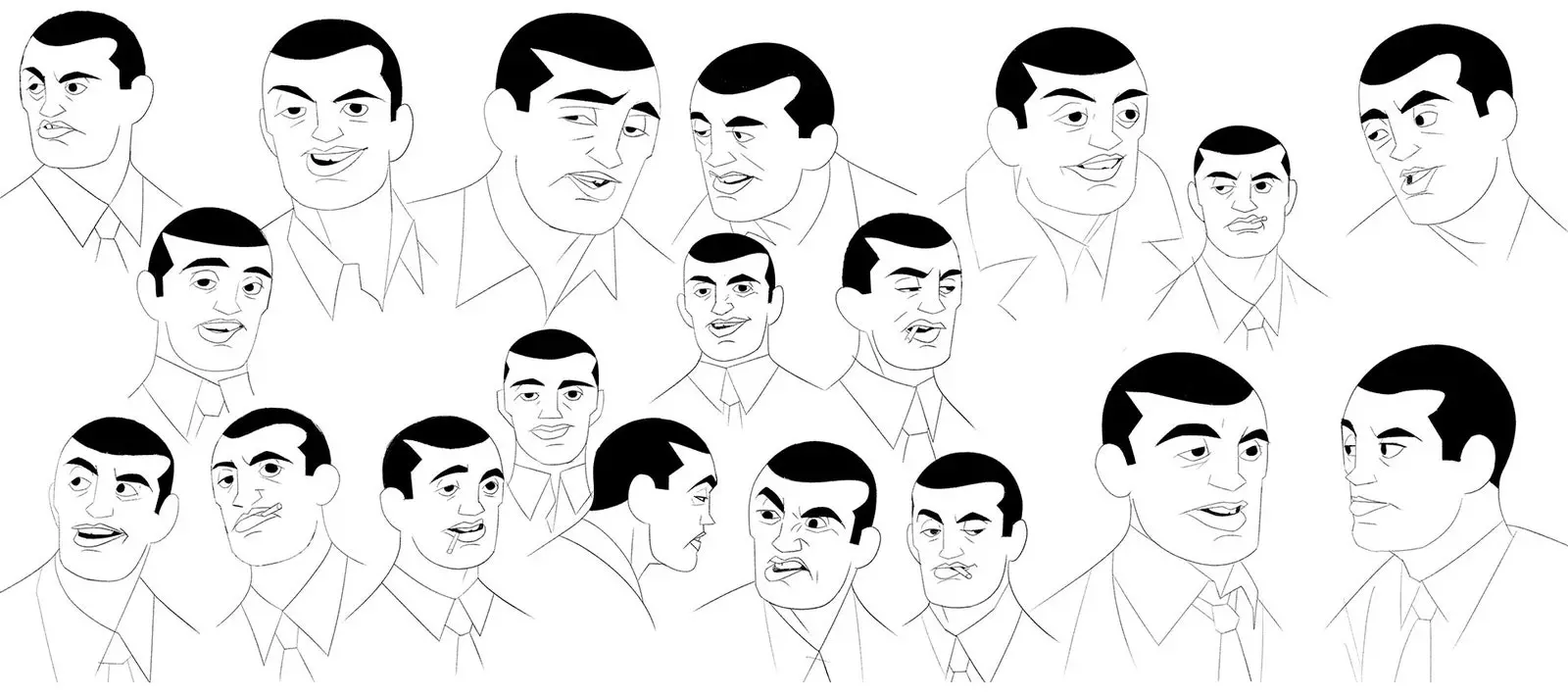
The thousand faces of Buñuel, according to the animators.
From the 60s, Las Hurdes. Land without bread, finally premiered with dignity with Ramón in the credits and Buñuel gave the money to the daughters of his friend.
The film, narrated in Spanish by Francisco Rabal, became a controversial portrait of this land that views it with suspicion, because they also believe that he was left alone with the evil of his ancestors. The black and white of the images did not capture the beauty of a green terrain divided by mountains, crossed by rivers, which form peculiar meanders. A land in which agricultural traditions are still respected today. A land that admits that, despite everything, thanks to Buñuel, it has always maintained a unique and recognized image and identity.
Coinciding with the premiere of 'Buñuel in the Turtle Labyrinth', an exhibition on the artistic process of the film can be seen at the Madrid Film Academy (between April 23 and May 31).
